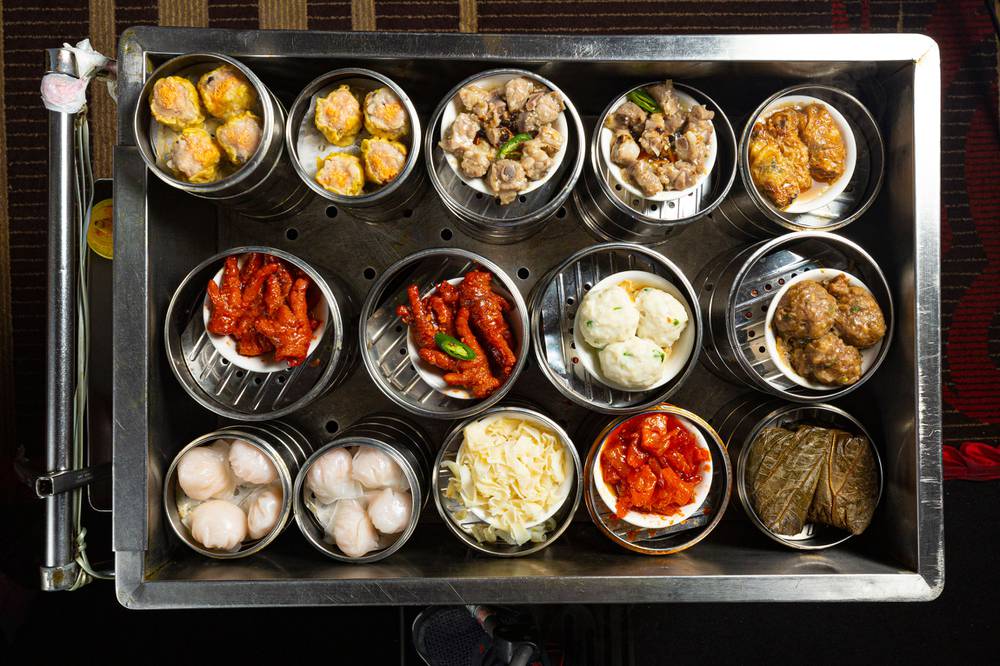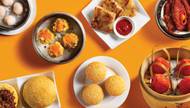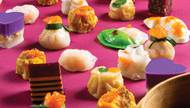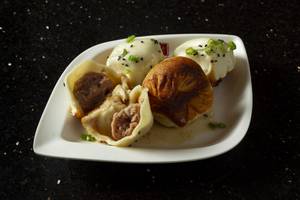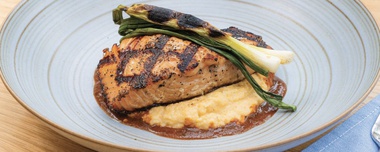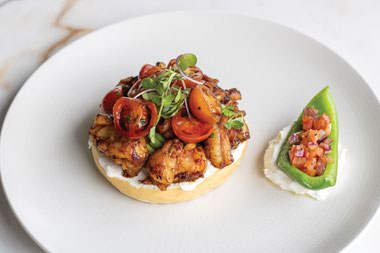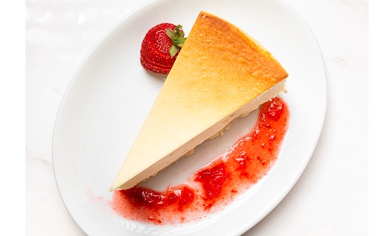My sister was a picky eater growing up, but there was always something for her at dim sum. She avoided crowd-pleasers like barbecue pork buns. What she wanted was beef tripe. My parents had told her once that the thinly sliced tripe was “rubber bands.” And somehow, a girl who wouldn’t even eat steak because she could “see the fat,” decided that chewy rubber bands topped with chili peppers were delicious.
Dim Sum
So this is my primary advice for dim sum newbies: There’s something for everyone at dim sum, especially if you can channel childlike wonder and glee. Here are some other insider tips I’ve picked up in a lifetime of eating dim sum.
What to order first
Stay focused when the carts stop at your table. You don’t want to fill up on overly doughy items or fried food. Start with har gow, the shrimp dumplings you’ll find at any good dim sum parlor. The har gow skins should ideally be translucent. There should be a plump filling with shrimp and bamboo shoots.
“It’s definitely har gow,” Las Vegas chef Sheridan Su says when asked about his go-to dim sum order. “If they get that right, I’ll keep on ordering.”
Jenny Wong, who runs Every Grain, Flock & Fowl and Fat Choy with Su, looks for liu sha bao, buns with a molten salted egg yolk filling. That’s a specialty item she orders right away if she sees it on a cart.
It’s also worth ordering dishes straight from the kitchen. There might be specials like big plates of lobster noodles. Meanwhile, cheung fun—rice noodle rolls filled with meat, shrimp or vegetables—are “one of those things where you should ask if they can make a fresh one for you in the back,” Wong says. The rolls can dry out if they sit too long. If a cart is quickly selling out of cheung fun, though, you might be fine ordering off the cart.
Reading the room
Su and Wong, whose favorite Vegas dim sum spots include Ping Pang Pong, Tan Tung Ky, Tim Ho Wan and Yum Cha, stress that different restaurants excel at different things. (Tim Ho Wan, for example, has good barbecue pork buns and shumai.) You can ask servers about what’s most popular, but chances are you won’t get much of an answer. Pretend you’re playing poker and read the situation. Do servers actually seem excited about a dish, or is it more likely they’re pushing something that isn’t selling well?
It’s fine to quickly examine every little bamboo steamer and ask for the dumplings that look best. Some customers even insist on never taking the steamer that’s on top.
Getting over fears
You might be hesitant about chicken feet, gelatinous seafood or cubes of pork blood. Wong suggests bringing a big group to dim sum so you can order many items without committing to eating a lot of any single thing.
“If you’re afraid to try something, you can always, like, dissect it,” she says. “For chicken feet, I always recommend people take off a little bit of the skin, to not even go for the toe.”
You can always quickly wash something down with tea, which works as a palate cleanser and cuts grease. (Wong likes chrysanthemum pu-ehr, a nice balance between a floral tea and a stronger tea.) Or maybe you’ll realize that chicken feet, anchovy eyes or rubber-band-like tripe are delightful. Either way, the goal should be having fun and trying new things.
Finding the sweet spot
Do you really want the egg tarts or almond jelly you see immediately after you sit down? Sure, enjoy yourself. Again, the joy of dim sum often involves behaving like a child.
